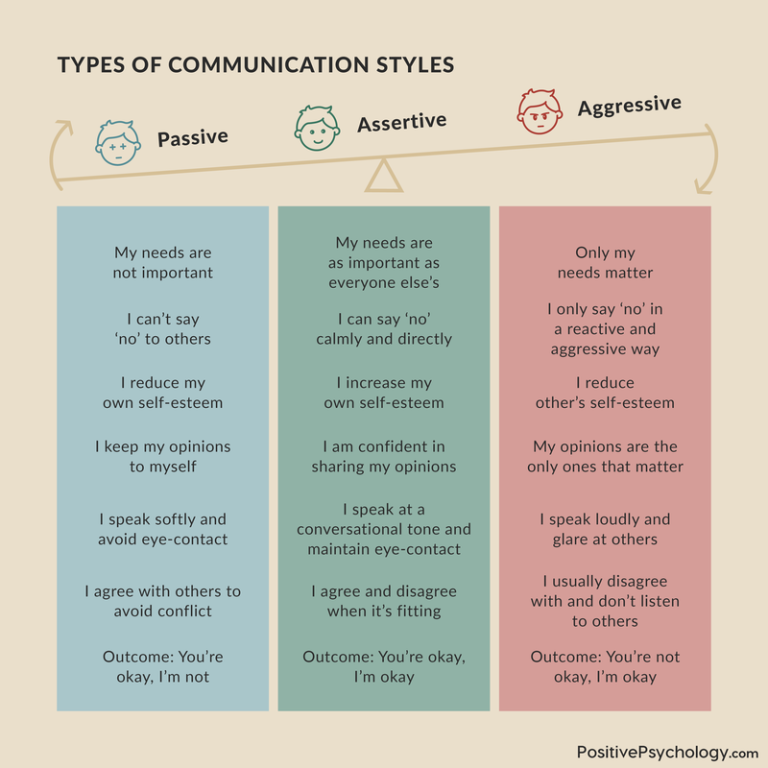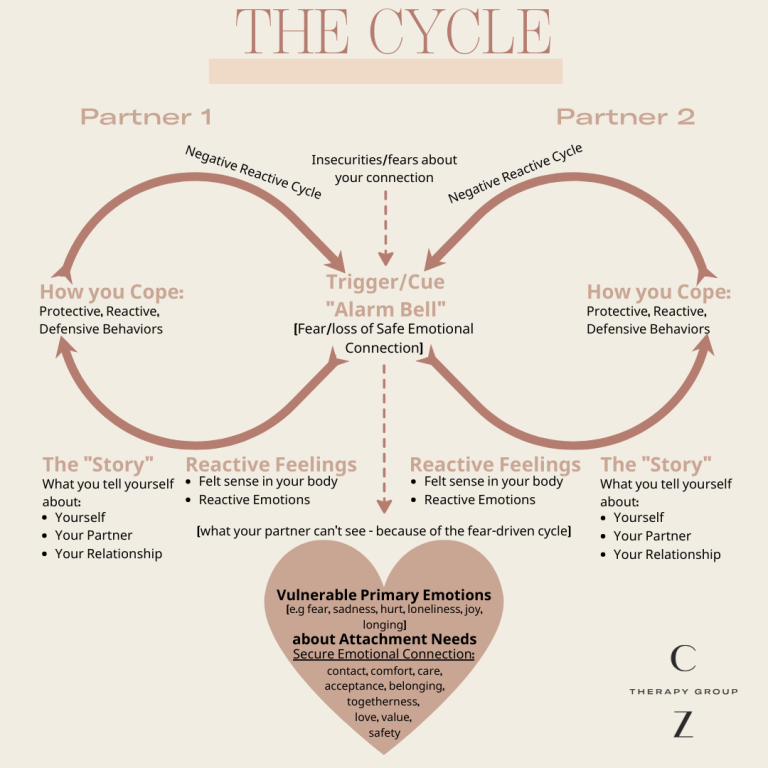Behavioral Economics in Communication
Behavioral economics in communication plays a crucial role by understanding how individuals make decisions and behave based on their biases and preferences. It helps in crafting messages and presentations that resonate with the target audience’s psychological factors and lead to more impactful communication strategies.
In today’s competitive business landscape, effective communication is essential for building meaningful relationships with clients, customers, and stakeholders. By incorporating principles of behavioral economics, businesses can leverage the understanding of human behavior to create persuasive and compelling communication strategies. This approach considers the cognitive biases, emotional triggers, and decision-making processes of the audience, leading to more effective messaging that influences behaviors and drives desired outcomes.
This article will explore the intersection of behavioral economics and effective communication, highlighting how businesses can harness these principles to enhance their communication strategies and achieve greater success.
Understanding Behavioral Economics
The Principles Of Behavioral Economics
Behavioral economics is a fascinating field that studies the impact of psychological, cognitive, and emotional factors on economic decision-making. By understanding these principles, we can gain valuable insights into how people make choices and behave in various situations.
One of the key principles of behavioral economics is the concept of bounded rationality. This means that individuals do not always make decisions based on complete information and rationality but rather on heuristics and biases that can influence their choices. Humans tend to rely on mental shortcuts and make decisions based on their emotions, previous experiences, and social factors.
Another important principle is loss aversion. This refers to the tendency of individuals to prefer avoiding losses over acquiring equivalent gains. In other words, people are more motivated to avoid losing something than they are to gain something of equal value. This principle has significant implications for effective communication as it highlights the need to frame information in a way that emphasizes potential losses rather than gains.
How Behavioral Economics Affects Decision-making
Behavioral economics has a profound impact on decision-making. By understanding the psychological biases and tendencies that influence human behavior, we can tailor our communication strategies to be more effective.
One way behavioral economics affects decision-making is through the concept of anchoring. Anchoring occurs when individuals rely too heavily on the initial piece of information they encounter when making decisions. For example, if a product is initially priced at $1000 and then discounted to $800, consumers may perceive this as a great deal, even though the actual value of the product may not warrant such excitement. Marketers can utilize this bias by strategically anchoring their offers or prices to influence consumer decision-making.
Another powerful principle is the scarcity effect. The scarcity effect suggests that people place a higher value on things that are perceived as limited in quantity or availability. By creating a sense of scarcity or exclusivity in our communication, such as limited-time offers or limited stock, we can increase the perceived value of our offerings and drive decision-making in our favor.
Overall, understanding behavioral economics allows us to tap into the subconscious processes that shape decision-making. By integrating these principles into our communication strategies, we can effectively influence and persuade others while creating mutually beneficial outcomes.
Applying Behavioral Economics In Communication
When it comes to effectively communicating with an audience, understanding the principles of behavioral economics can be a game-changer. By leveraging insights from behavioral economics, individuals and businesses can tailor their communication strategies to resonate with their audience, drive desired behaviors, and make a lasting impact. Let’s explore how applying behavioral economics in communication can lead to more compelling and influential messages.
The Role Of Framing In Effective Communication
Framing, a key concept in behavioral economics, plays a pivotal role in shaping how information is perceived. By presenting information in a certain context or frame, communicators can influence the way their audience interprets the message. Whether it’s highlighting the benefits rather than the features of a product or emphasizing the potential losses of inaction, framing can significantly impact the effectiveness of communication. Understanding how to frame messages in a way that appeals to the audience’s perceptions and biases is crucial in creating compelling and persuasive communication.
Using Loss Aversion To Drive Desired Behavior
Loss aversion, a fundamental principle in behavioral economics, recognizes that people tend to place more significance on avoiding losses than on achieving gains. In communication, this principle can be harnessed to drive desired behaviors by highlighting the potential losses associated with inaction or the benefits of taking a specific course of action. By leveraging loss aversion, communicators can motivate their audience to make decisions that align with their objectives, whether it’s encouraging a purchase, driving participation, or promoting a specific behavior.
Cognitive Biases And Communication
Cognitive biases play a significant role in shaping the effectiveness of communication. Understanding these biases is essential for improving messaging strategies and achieving better outcomes. In the context of communication, cognitive biases can have a profound impact on how messages are perceived and processed. This article explores two key cognitive biases—anchoring bias and the scarcity effect—and their influence on effective communication.
The Impact Of Anchoring Bias In Persuasive Messaging
Anchoring bias, a cognitive bias in which an individual relies too heavily on the first piece of information encountered when making decisions, is a crucial factor in persuasive messaging. When communicating a persuasive message, this bias can be leveraged by strategically presenting the initial information. Utilizing this principle, communicators can anchor the recipient’s perception or valuation of subsequent information, products, or services. By recognizing and understanding anchoring bias, communicators can design persuasive messages that effectively influence the decision-making process.
The Power Of Scarcity And Its Influence On Communication
The scarcity effect is another cognitive bias that significantly impacts communication. This bias suggests that people place a higher value on items that are scarce or in limited supply. When applied to communication, the scarcity effect can be utilized to create a sense of urgency and drive action. By emphasizing scarcity in messages, such as limited-time offers or exclusive deals, communicators can effectively prompt recipients to take desired actions. Understanding the power of scarcity in communication enables individuals to craft compelling messages that emphasize the unique and limited nature of an opportunity, product, or service.
Nudging For Behavior Change
When it comes to effective communication, understanding the principles of behavioral economics can significantly enhance your ability to influence and persuade others. One particularly powerful concept within this field is the idea of “nudging” for behavior change. Nudges are subtle cues or prompts that can guide people towards making desired decisions or taking specific actions, often without them even realizing it.
Understanding The Concept Of Nudges
In behavioral economics, a nudge refers to any indirect suggestion or intervention that influences people’s behavior without restricting their freedom of choice. Unlike traditional methods that rely on persuasion or coercion, nudging operates on the basis of small changes that have a disproportionate impact on decision-making.
Nudges work by leveraging cognitive biases and heuristics that affect how people think and act. By understanding these quirks in human psychology, you can strategically design communication strategies that encourage positive behaviors.
Examples Of Successful Nudges In Communication
Nudges have proven to be highly effective in various domains of communication, including marketing, healthcare, and public policy. Here are some notable examples of successful nudges:
- Social Proof: Presenting information or statistics that highlight the behavior or choices of others can influence individuals to conform and make similar decisions. For instance, stating that a large percentage of people have switched to eco-friendly products can encourage others to follow suit.
- Default Options: Setting default options can significantly impact decision-making. For example, when signing up for a subscription service, having the “automatic renewal” option checked by default increases the likelihood of retaining customers.
- Loss Aversion: Emphasizing potential losses rather than gains can motivate individuals to take action. By framing a message around the negative consequences of inaction, you can nudge people towards a desired behavior.
- Visual Cues: The use of visual cues, such as arrows or footprints, can guide people towards specific actions without explicitly telling them what to do. This can be particularly effective in promoting orderly behavior in public spaces, like airports or train stations.
Keep in mind that effective nudging requires careful consideration of the target audience and the context in which the communication takes place. By utilizing behavioral economics insights and implementing well-crafted nudges, you can ethically and effectively influence behavior change through your communication efforts.
Ethical Considerations In Behavioral Economics
Behavioral Economics in Effective Communication requires careful consideration of ethical aspects. By understanding how individuals make decisions and respond to stimuli, communicators can tailor their messages to influence behavior without crossing ethical boundaries. This approach ensures a responsible and effective way to engage and persuade audiences.
The Importance Of Transparency And Informed Consent
Transparency and informed consent are paramount in ethical communication strategies that employ behavioral economics. Business entities need to prioritize transparency by clearly communicating their intentions, methods, and the potential impact of their strategies to the individuals affected. This transparency ensures that people have a clear understanding of how their behavior is being influenced and can make informed decisions accordingly.
When it comes to informed consent, individuals should have the autonomy to choose whether they want to participate in behavioral economics experiments or programs. Ethical communication necessitates that individuals are fully aware of the potential risks and benefits before giving their consent. This means providing comprehensible information in a manner that is easy to understand, without using manipulative techniques to persuade individuals to participate.
Avoiding Manipulation In Communication Strategies
One of the main ethical considerations in behavioral economics is the avoidance of any form of manipulation in communication strategies. Organizations must ensure that their communication methods do not exploit people’s cognitive biases or vulnerabilities to achieve desired outcomes. Instead, the focus should be on empowering individuals, providing them with unbiased information, and allowing them to make autonomous decisions based on their own preferences and values.
By avoiding manipulation in communication strategies, businesses promote integrity and trust. They demonstrate a genuine commitment to the well-being of their target audience, fostering positive relationships and long-term loyalty. Furthermore, manipulation-free communication strategies contribute to the creation of a fair and ethical marketplace that operates on principles of honesty, respect, and transparency.
Frequently Asked Questions For Behavioral Economics In Effective Communication
What Is The Behavioural Approach To Effective Communication?
The behavioural approach to effective communication focuses on understanding and modifying human behaviour to improve communication. It emphasizes the use of specific skills and techniques to enhance listening, verbal and nonverbal communication, and conflict resolution. By using this approach, individuals can effectively convey their messages and connect with others.
What Is Behavioural Science In Communication?
Behavioural science in communication is the study of human behavior to enhance messaging effectiveness. It focuses on understanding how people think and act in response to communication strategies, helping to create more impactful and persuasive messages. This field employs psychological and sociological principles to drive better audience engagement.
How Does Communication Relate To Economics?
Effective communication impacts market dynamics, consumer behavior, and business decisions, driving economic activity and influencing supply and demand. Clear and persuasive messaging facilitates trade, fosters trust, and enhances productivity, playing a pivotal role in economic exchanges and market efficiency.
Conclusion
Harnessing the principles of behavioral economics can greatly enhance our effectiveness in communication. By understanding human biases and cognitive processes, we can tailor our messages to resonate with our audience on a deeper level. This knowledge enables us to craft compelling narratives and utilize persuasive techniques that elicit desired responses.
With this powerful tool in our arsenal, we can effectively engage and influence others, ultimately achieving our communication goals. Remember, in the realm of effective communication, behavioral economics is an invaluable resource.




